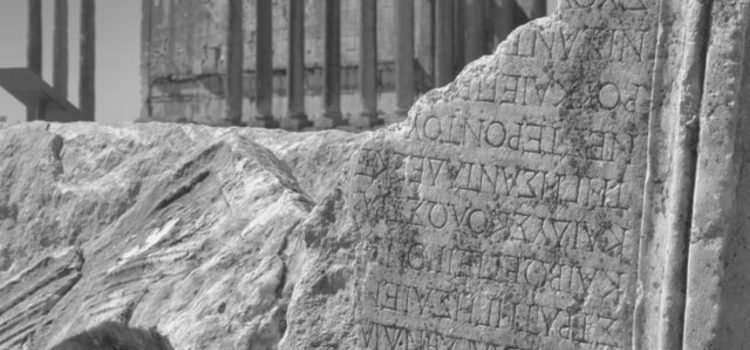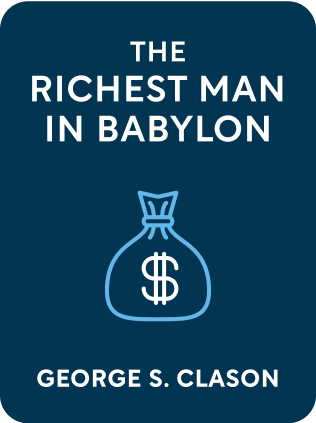

This article is an excerpt from the Shortform book guide to "The Richest Man in Babylon" by George S. Clason. Shortform has the world's best summaries and analyses of books you should be reading.
Like this article? Sign up for a free trial here .
What is Alfred Shrewsbury known for? What was so special about the Babylonian clay tablets he received from his colleague Franklin Caldwell?
Alfred H. Shrewsbury, a professor of Archaeology at the University of Nottingham, deciphered the writings on the Babylonian clay tablets, which were discovered by his colleague Franklin Caldwell. The inscriptions, which contained the story of Babylonian slave Dabasir, resonated with Shrewsbury because they resembled his own financial circumstances.
Here is what Shrewsbury wrote to his colleague Franklin Caldwell in response.
The Fable of Dabasir
Professor Alfred H. Shrewsbury of the Department of Archeology at Nottingham University in England received five clay tablets from the ruins of Babylon, excavated by his colleague, Professor Franklin Caldwell. Shrewsbury translated their inscriptions and was surprised to find that they spoke to his own financial circumstances.
The tablets contained the story of Dabasir’s efforts to pay off his debts. The professor and his wife were deeply in debt, and Shrewsbury seized on the story as a lifeline. It was as follows:
Having escaped slavery, Dabasir returned to Babylon determined to pay his debts and become a person of means. He recorded this plan, which was based on the advice of the money lender Mathon:
- To provide for his future prosperity, he would save for himself 10% of everything he earned.
- To provide well for his wife and himself, he would budget 70% of his earnings for food, shelter, clothing, and enjoyment. He resolved to live on this amount and no more.
- To pay his debts, he would budget 20% of his earnings.
Dabasir listed his creditors and how much he owed to each. He visited each one and explained that once a month he would split 20% of his earnings among his creditors, until his debts were paid in full. Although some berated him, all of his creditors accepted the payment plan. When the camel business was good, he was able to repay more; when it lagged, he repaid less, but he kept up the schedule. Meanwhile, he saved for himself and stuck to his expense budget.
In twelve months, he paid off his debts and gained new stature and respect in his community. Dabasir decided to continue saving and budgeting to build wealth for the future.
In a letter to his archeologist colleague, Professor Shrewsbury reported successfully applying the same principles. Shrewsbury and his wife had become mired in debt and felt hopeless. He worried that his creditors might go public and he’d be forced out of his position at the college. So, following Dabasir’s process, he made a list of his creditors and what he owned each of them. He visited them and presented his repayment plan, to which they agreed. By paying himself 10%, he began accumulating money for the first time in years. He invested it wisely so it would grow, while living frugally and paying down his debt. He and his wife vowed to never again spend more than 70% of their income. Thus, financial advice thousands of years old proved to be timeless.

———End of Preview———
Like what you just read? Read the rest of the world's best book summary and analysis of George S. Clason's "The Richest Man in Babylon" at Shortform .
Here's what you'll find in our full The Richest Man in Babylon summary :
- A compilation of financial advice pamphlets distributed by banks and insurance companies in the 1920s
- Timeless principles for managing your money
- An entertaining story written in the form of three parables







This is profound
Fantástico! Me surpreendeu, pois foi uma lição semelhante deixada pela minha falecida mãe, que me ensinou com o mesmo propósito. E que hoje com muito orgulho passo para meu filho.